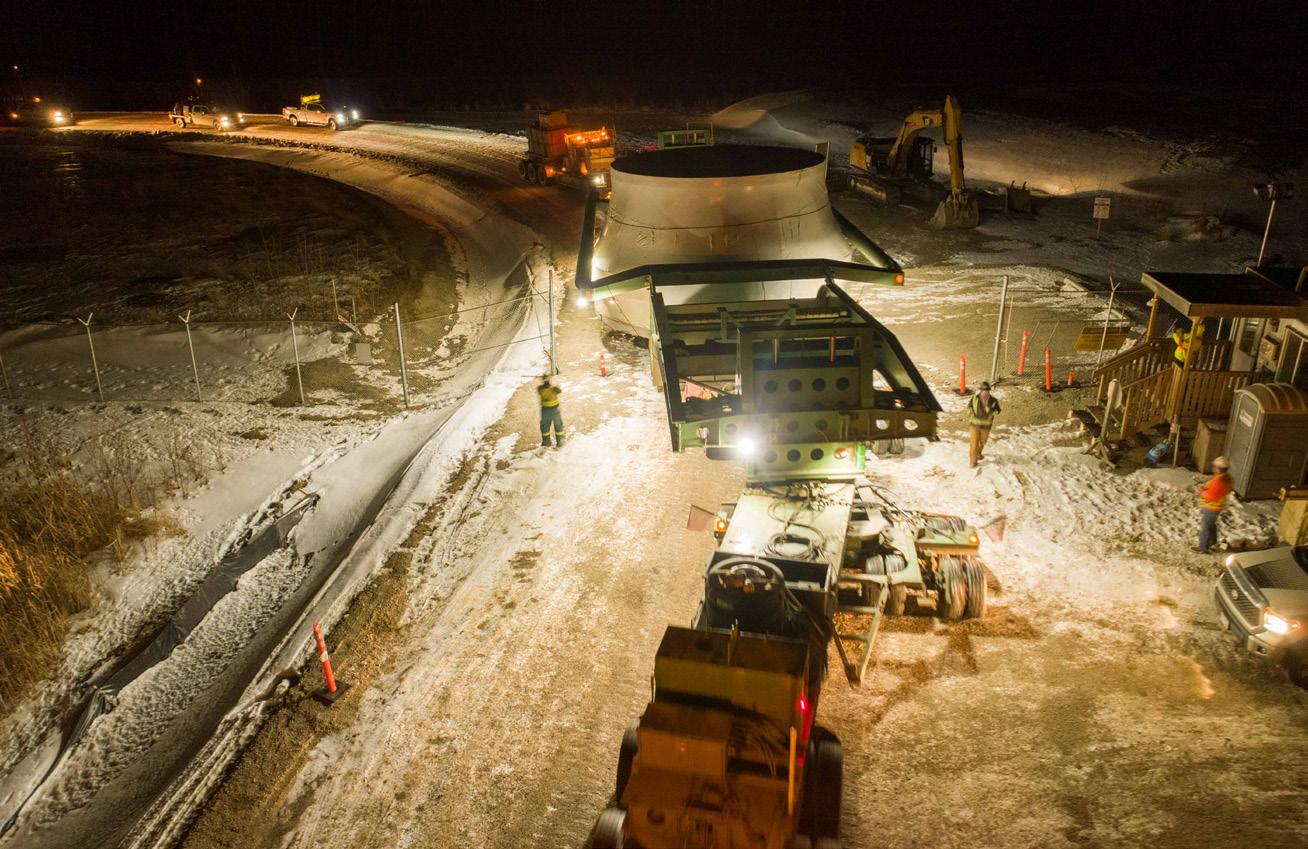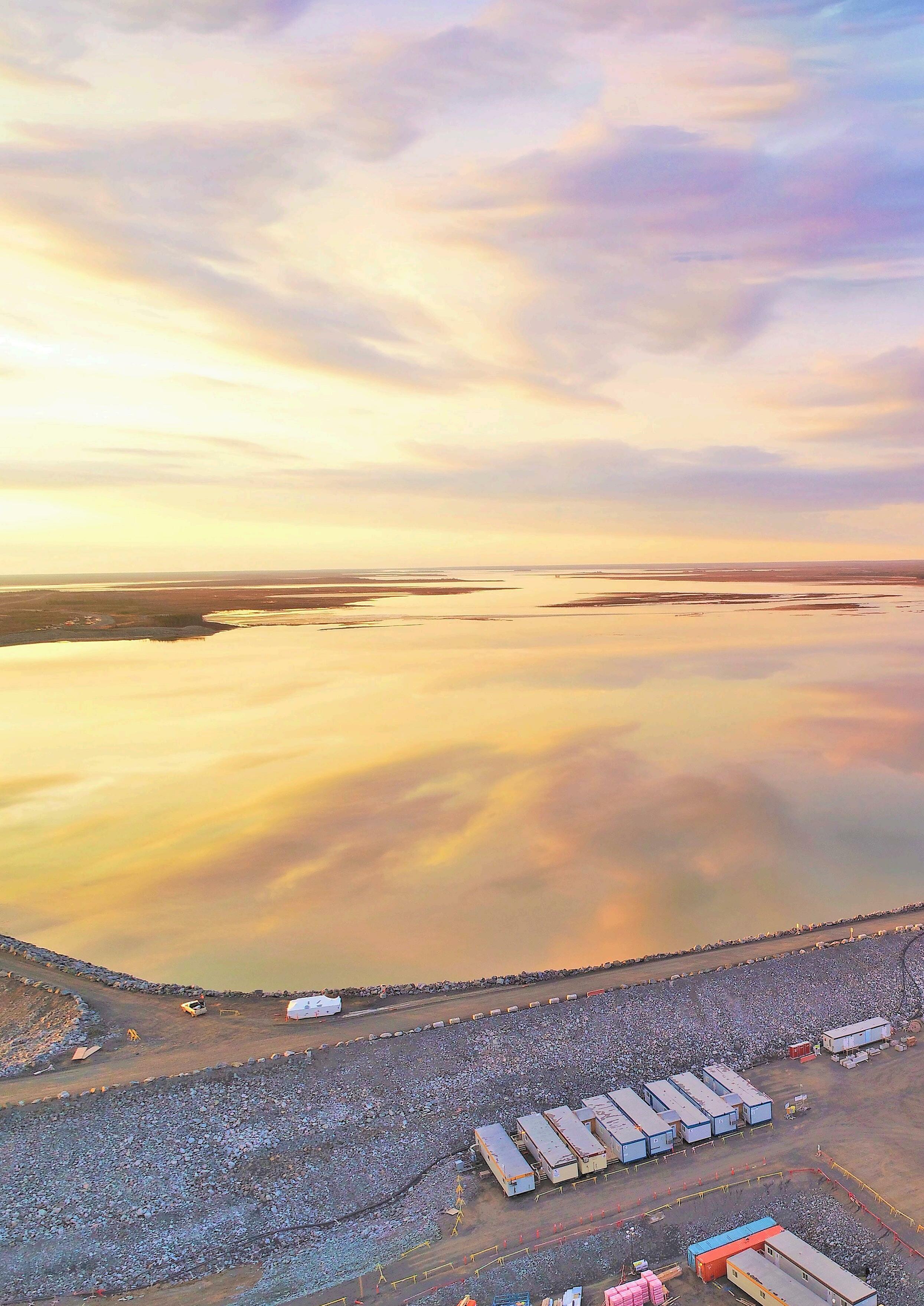
7 minute read
Make an impact
Figure 1. A cost-optimised generating station to keep concrete and earthwork costs down, Manitoba Hydro asked bidders to optimise the dimensions of the generating station using a 3D model during the bidding phase.
Kathrin Röck, Voith Hydro, Germany, details how the hydropower projects currently being built in Canada will help to make green power more readily available across the country.
Canada is not only expanding hydropower to generate even more sustainable electricity. Major new projects are also giving the energy industry additional options in the North American market and providing important employment opportunities for people in the provinces. Voith is helping to lay the foundations for this by supplying the complete electromechanical equipment for two power plants.
The Keeyask Project
The future is not only built in major metropolitan areas. Often the things that advance the socioeconomic development of a society are developed far away – particularly in the field of energy supply and especially in Canada. More than 700 km north of the provincial capital Winnipeg, the Keeyask hydroelectric power station is being built on the Nelson River that will not only produce electricity but also further increase the share of renewable energy in Canada’s electricity mix. At the same time, it is also a new source of value creation, jobs, and prospects for the future. The development of the Keeyask Project is a partnership between Manitoba Hydro and four Manitoba First Nations – Tataskweyak Cree Nation, War Lake First Nation, York Factory First Nation,
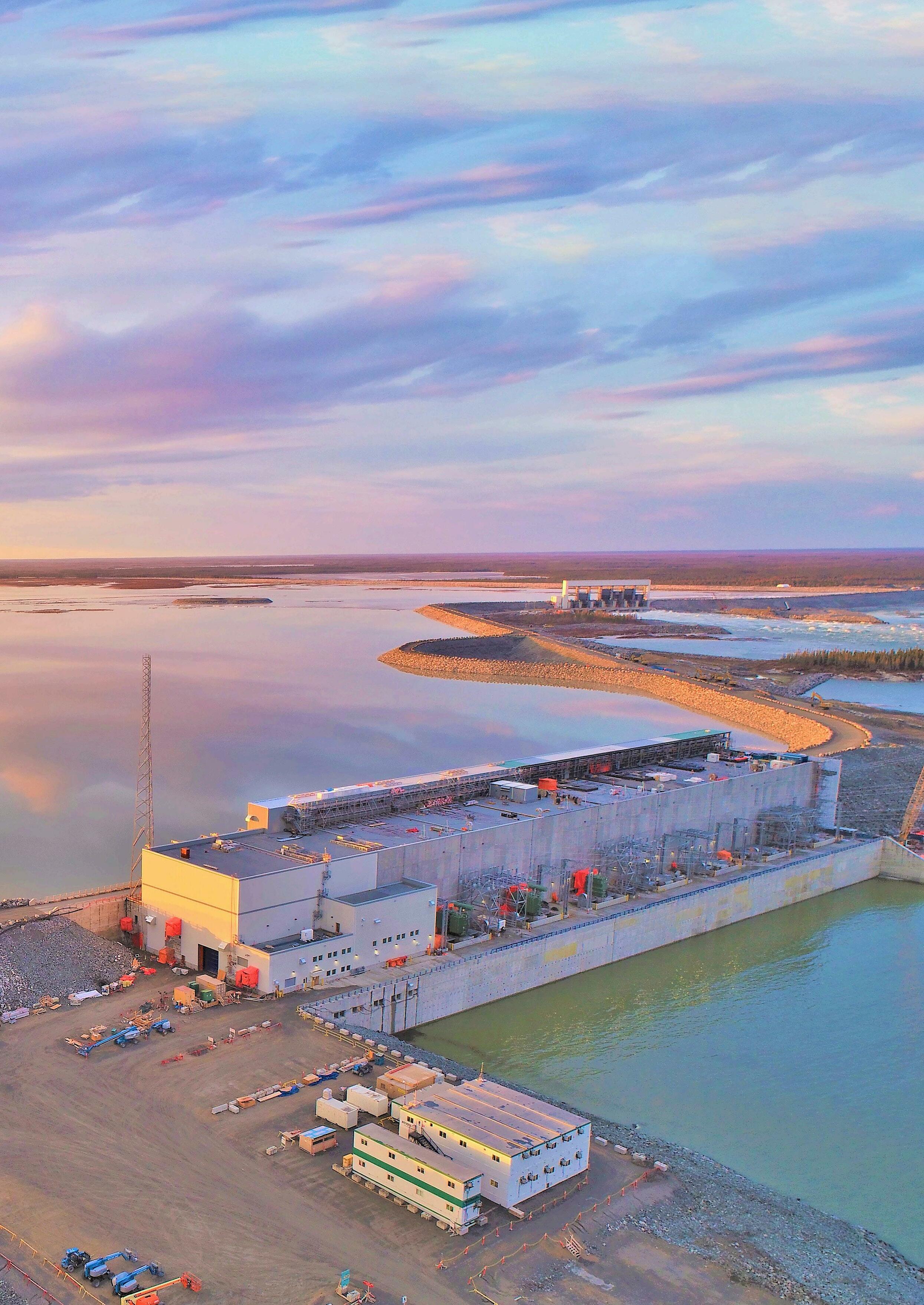
and Fox Lake Cree Nation – working together as the Keeyask Hydropower Limited Partnership (KHLP).
On behalf of Manitoba Hydro, Voith will be responsible for designing, supplying, and installing seven propeller turbine generator units. With a total capacity of 695 MW, they are expected to generate approximately 4400 GWh/y of green power once the station comes onstream – and make the future more secure. This is because the province is growing and with it, the demand for energy, the company states. The Keeyask Project will be able to supply power to an additional 400 000 households.
Since the summer of 2014, hundreds of workers have been working on this site day in and day out to make this vision a reality, the majority of them from Manitoba, including many Indigenous people from the region. A project labour agreement was utilised to create consistent terms and conditions of employment, and included a centralised recruitment service. As well, training and vocational programmes were established. The Keeyask Project provides important employment opportunities for the four First Nations involved – Indigenous people from the region make up a large portion of the construction workforce, accounting for 39% of total hires on the project.
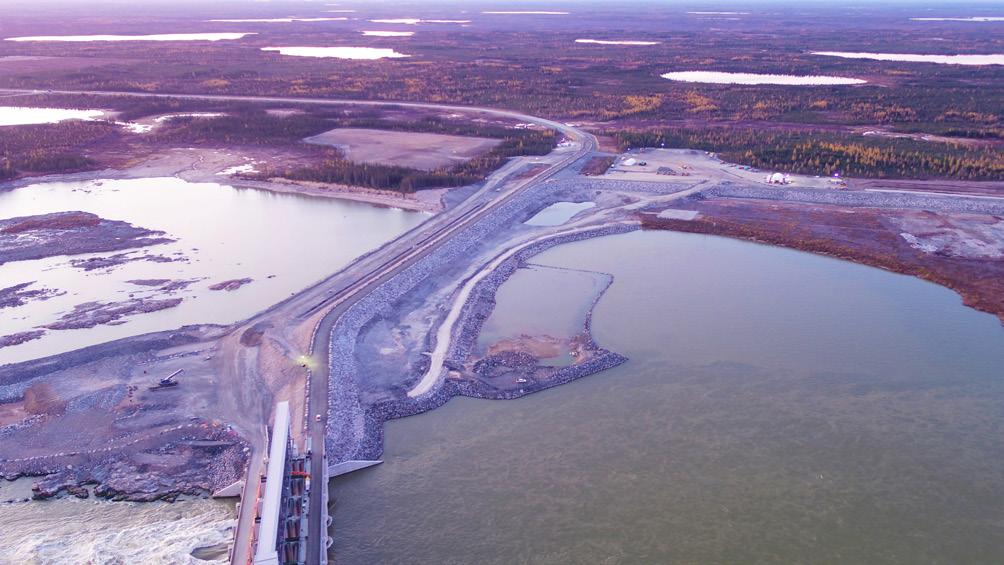
Figure 2. Dykes 23 km long border the north and south sides of the Keeyask reservoir.
Figure 3. The Site C project: 12 875 km is the distance that two turbine runners produced by Voith in São Paulo, Brazil, had to travel by sea to the Port of Prince Rupert in British Columbia. 81 m is the length of the heavy-duty truck that was used to transport the runners to the job site. In the process, one truck pulled the cargo while two others pushed at the rear.
Engineering challenges
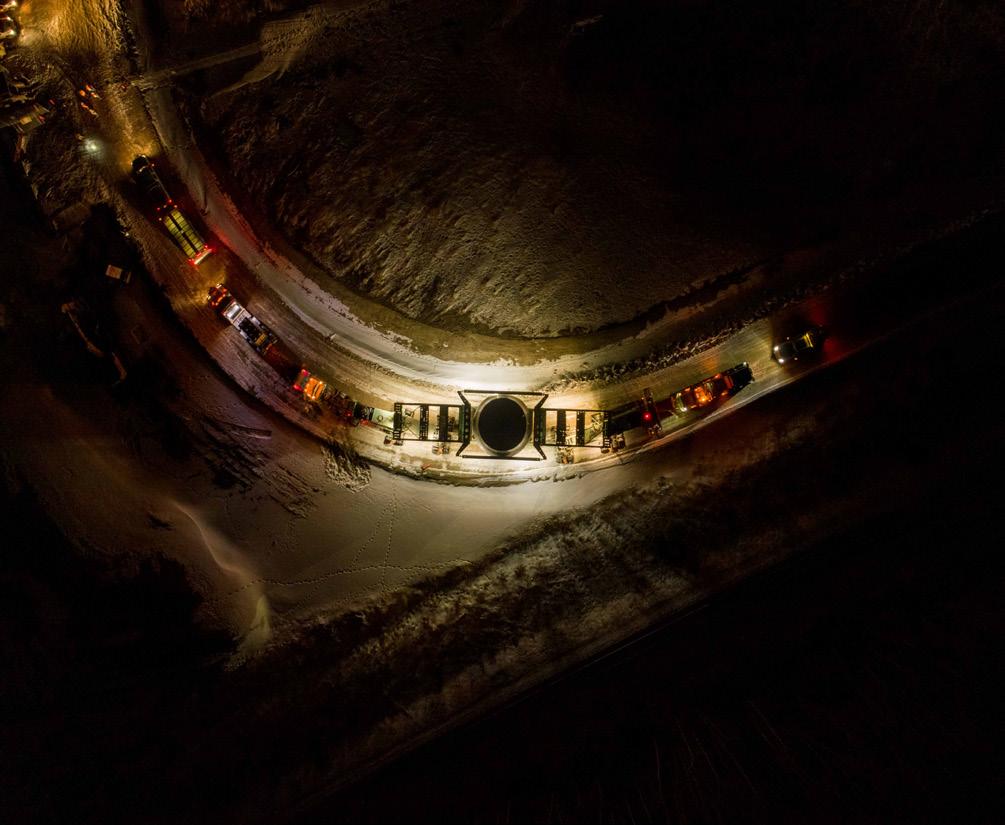
The engineering requirements are high, but can be easily met with Voith Hydro’s expertise and range of products. “As with any large hydropower project, it is a matter of finding a customised solution that fits the specific circumstances,” said Project Director David Latour. Due to the low head, some of the seven units’ main components were designed quite large, resulting in the runners reaching a dia. of 8.35 m and the generator rotors measuring 13.67 m each. A new, highly efficient turbine design ensures that the units operate particularly cost-effectively.
The real challenges lie in completely different areas. On the one hand, the necessary parts are sourced from suppliers all over the world. This requires excellent co-ordination, logistics, and special technical attention to ensure that a missing bolt does not slow down construction progress as a result of Keeyak’s isolated location. “Voith has the knowledge, experience, and capacity to plan and manage such megaprojects, including co-ordinating procurement and installation processes,” Latour affirmed.
On the other hand, the COVID-19 pandemic has reached Keeyask and delayed work there. The job site had a temporary reduction in workforce for eight weeks. Because many workers nevertheless decided to remain onsite and continue working without physical contact with the outside world for safety reasons, construction activities did not come to a standstill. “Extensive measures were taken to protect them,” added the Voith Manager. “Even though the work was a little slower, it was still progressing.”
And milestones were also successfully reached, as the first unit was handed over by Voith to Manitoba Hydro for commissioning in April 2020, six months ahead of schedule. In the meantime, five more units have been handed over to Manitoba Hydro. The last one is scheduled to follow in December 2021. At that point, Keeyask will no longer be just a dot on the Canadian map, but a major producer of sustainable energy on North America’s power grid.
The Site C Clean Energy Project
Approximately 2000 km by car to the west, the objective is the same. In the province of British Columbia near Fort St. John, one of Canada’s largest infrastructure projects is currently under construction: the Site C Clean Energy Project. As the third power plant along the Peace River, it will generate approximately 5100 GWh/y of electricity with a capacity of 1100 MW, thus creating carbon-neutral supply security over the long-term. Because of its track record in similarly complex projects, Voith was contracted by the operator BC Hydro to design, manufacture, and install six Francis turbines together with the generators
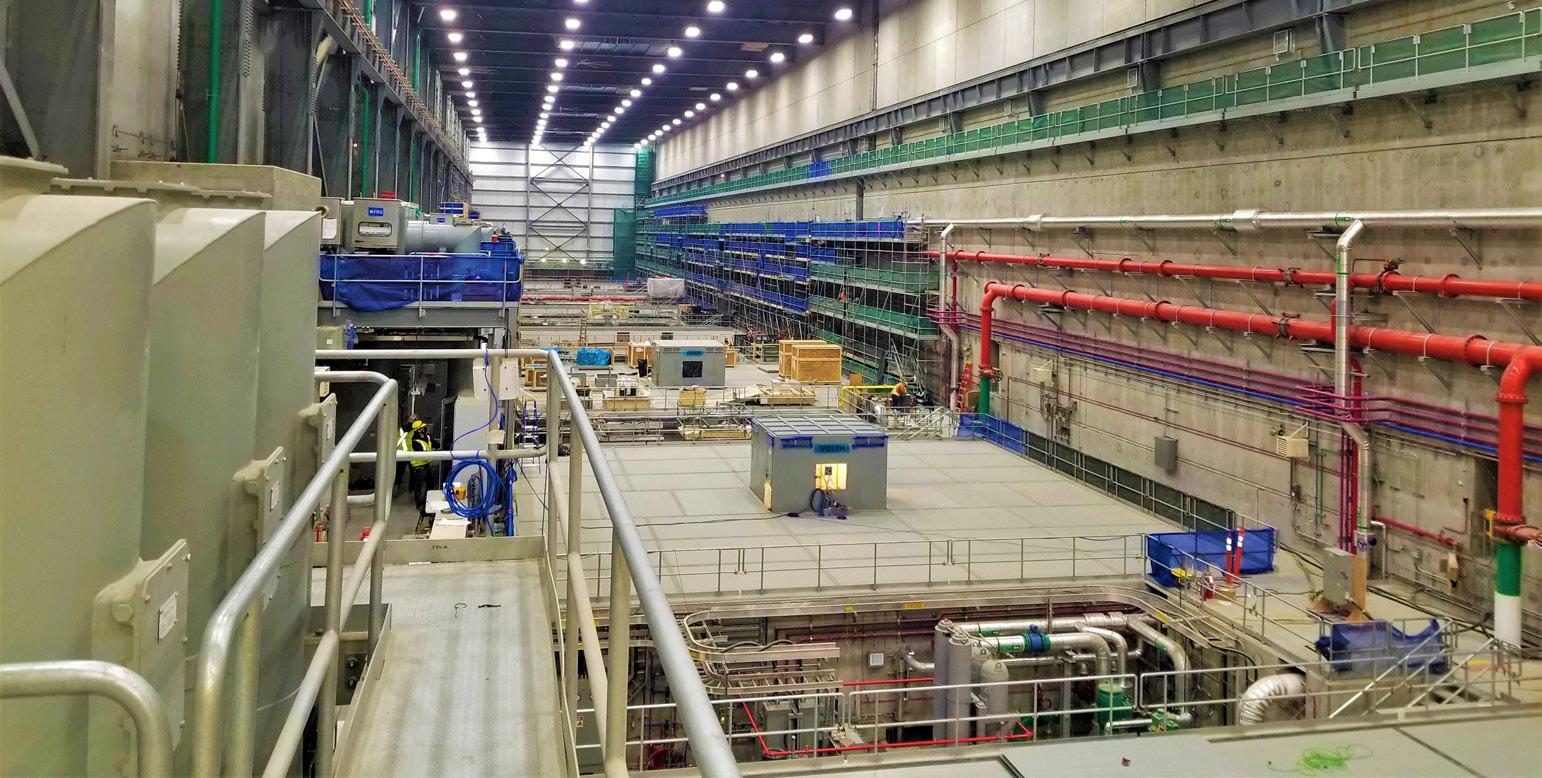
and electromechanical equipment. “Site C will help reduce British Columbia’s carbon emissions and provide enough sustainably produced power for 450 000 homes annually,” concluded Lawson Crichton, Business Development Manager at Voith Hydro in Canada.
Work on Site C began all the way back in July 2015. Voith built a temporary production facility directly onsite to manufacture the steel structures needed for the turbines and generators. At the same time, the earthworks were underway. Because Voith optimised the space requirements of the turbine-generator solution, BC Hydro was able to reduce the dimensions of the generating station and thus its construction costs.
The turbines for units one and two were delivered in March 2021. While the Voith team is now busy assembling their components in parallel in the new generating station, the remaining equipment is being completed and held in a storage area until it can also be installed according to the project schedule.
Similar to Keeyask, the COVID-19 pandemic has caused uncertainty and delays at Site C, but it has not brought manufacturing and construction to a standstill. “With up to 4500 workers onsite for the main construction activities, the generating station, and turbine and generator construction, COVID-19 caused a few minor disruptions but had little impact on Voith’s overall schedule,” Crichton clarified. Today, the workforce already includes many members of the Indigenous population of the surrounding area, including many in training. After the hydroelectric generating station comes onstream, they will continue to be involved in the project through ongoing employment opportunities in fields such as operations or maintenance – the results of which will then benefit the entire province.
Site C is one of Canada’s largest infrastructure projects and is helping to make green power available on particularly favourable terms.
Equipping hydropower plants
Voith Hydro is part of the Voith Group and a full-line supplier as well as partner for equipping hydropower plants. Voith develops customised, long-term solutions and services for large and small hydro plants all over the world. Its portfolio of products and services covers the entire lifecycle and all major components for large and small hydro plants, from generators, turbines, pumps, and automation systems, right through to spare parts, maintenance and training services, and digital solutions for intelligent hydropower. More than 30% of the hydropower technology installed across Canada is from Voith, and more than 60% of the country’s electricity is generated by hydropower. Figure 4. Heavy transport in the dead of winter. A partially rehabilitated private road was used to transport the runners to the Site C project. The two-week drive had to take place in January 2021 in order for the frozen roads to even be able to support the load.
Jump-starting the energy transition
Lower electricity prices for companies that go green – this is the concept the Canadian government, the government of British Columbia, and the utility company BC Hydro are using to reduce greenhouse gas emissions and entice companies to relocate to this province. New clean industries – such as those producing hydrogen or biofuels – are expected to benefit, as are existing companies that switch from fossil fuels to electricity.
Figure 5. Generating station under construction. For the Site C project, Voith is supplying and installing six vertically arranged Francis turbines and generators as well as the electromechanical equipment.
